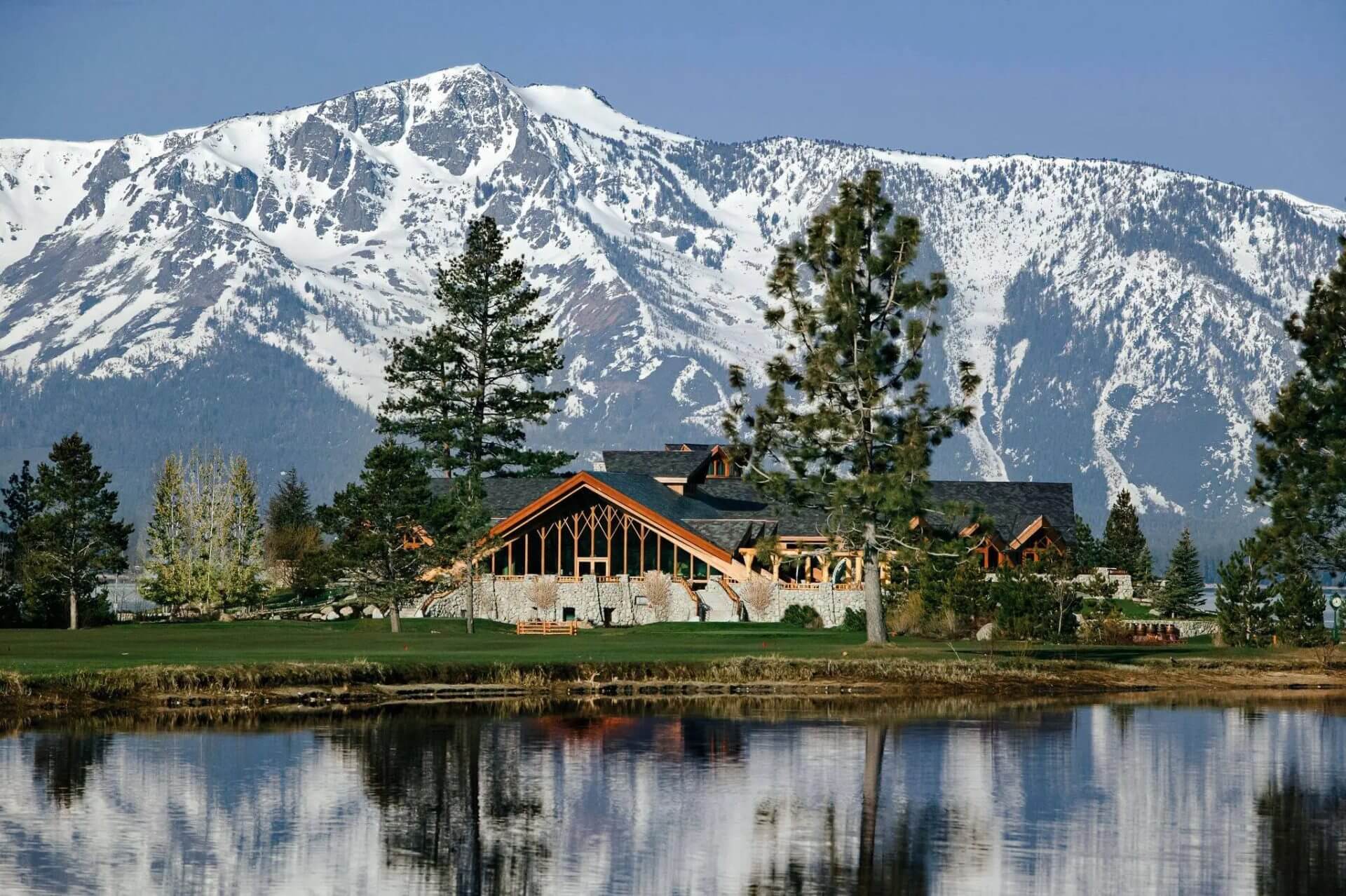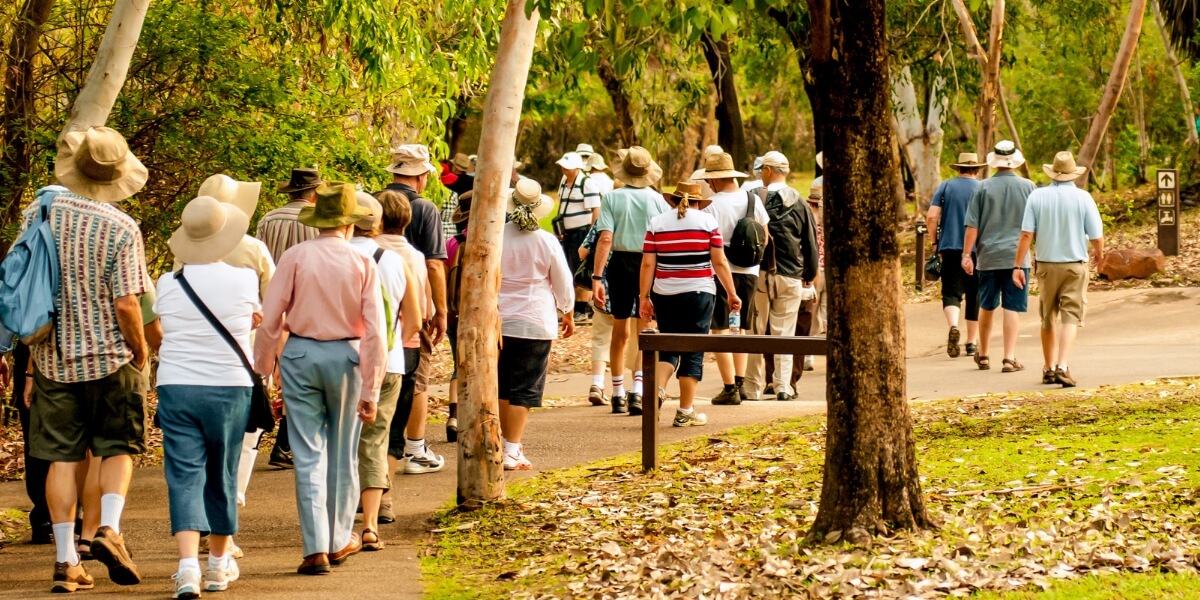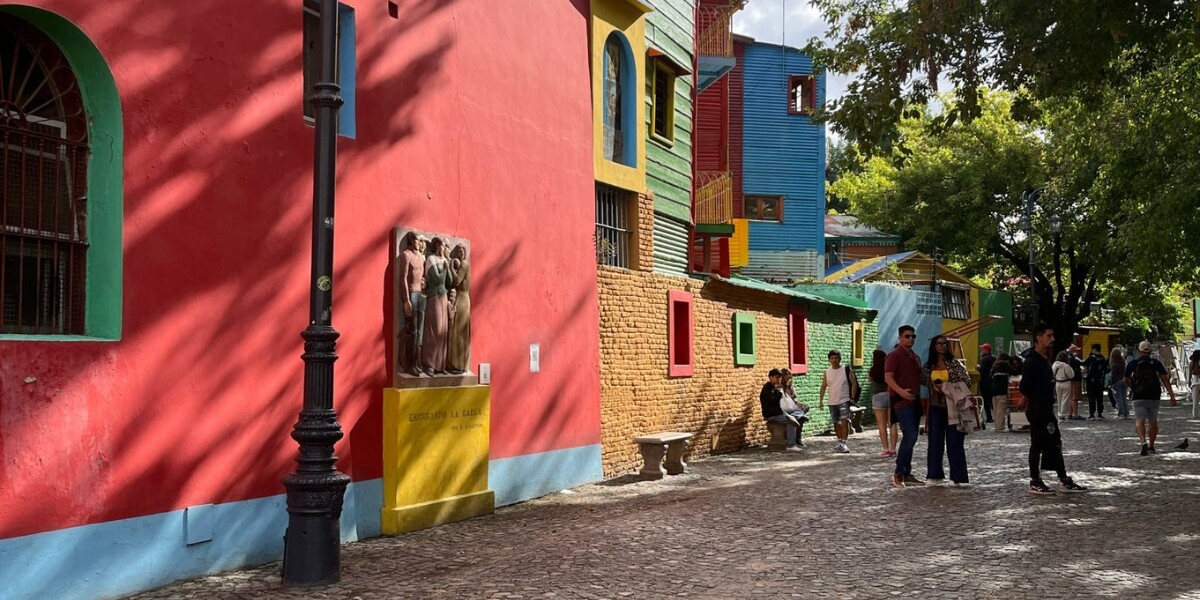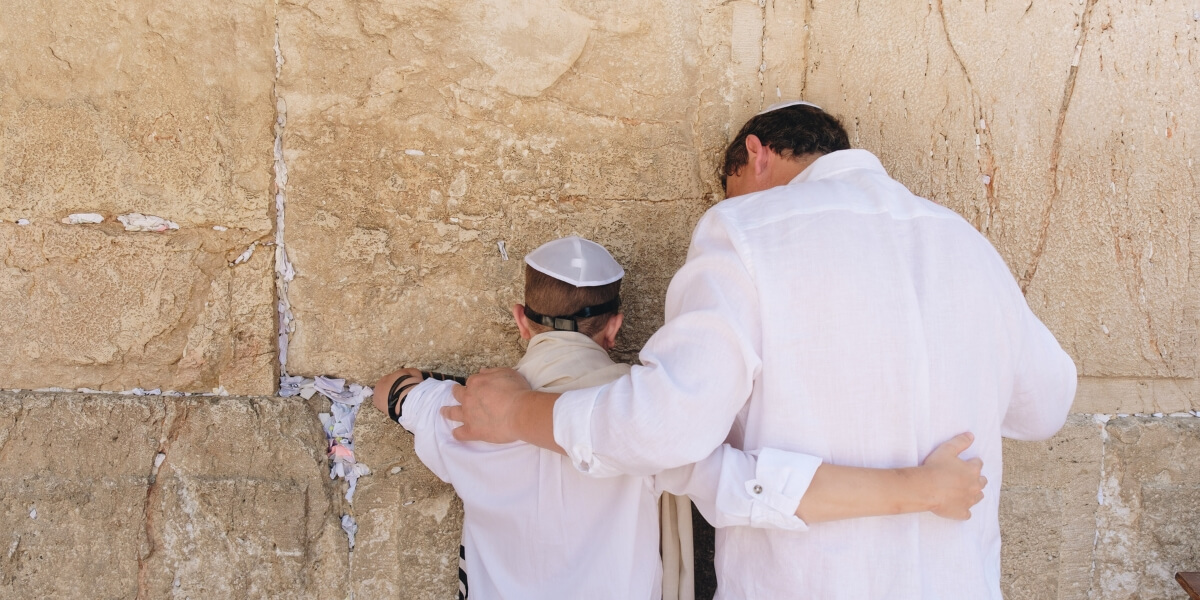Kibbutzim in Israel are pioneering establishments, and the Israeli kibbutz movement is one of the most iconic in modern Israel’s history. They were a huge part of building the state and maintaining control over the land in the most problematic locations in the country.
Kibbutz is the Hebrew word for gathering, a notion that is extremely important to Israelis. The origin of Israeli kibbutzim is mostly agricultural. Many young immigrants from Eastern Europe that came from the early 1900s toiled to cultivate the diverse terrain types like the desert, sandy dunes, swamp land, and mountains to be able to live off the land and make the zionist dream a living thing.
As many came with socialist beliefs, they created entire communes. These were organized around agriculture and the idea that all property, including the fruit of their work, should belong to the community as a whole. That is why the results of their labor were equally shared by all members.
However, many kibbutzim have changed since their founding. From the 1970s, many kibbutzim were privatized. Today, many Israeli kibbutzim export agricultural goods and drip irrigation equipment, manufacture goods, and much more. Some offer tours, and others provide an authentic kibbutz experience with their living and work programs.
Yet, common thyme is still burning at the heart of every Kibbutz in Israel, the desire to host and meet other people and tell their stories with pride.
For those that are not sure what is it exactly about the kibbutz that makes it so special, here are some general answers before we jump over to the best kibbutzim to visit while in Israel.
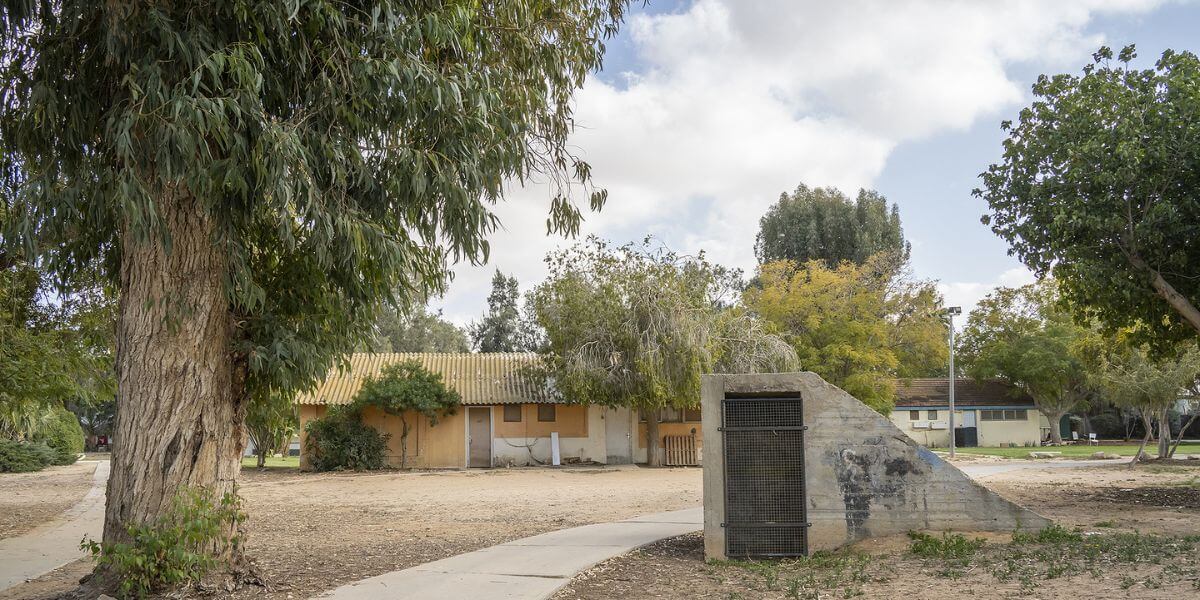
What is a kibbutz lifestyle?
While many are not socialist anymore, the lifestyle of a kibbutz is still different than the average lifestyle inside a city. Kibbutzim in Israel are a different way of living focused on maintaining the productivity of the land with agriculture while giving the best life possible to the inhabitants. Israeli Kibbutzes are more communal and provide strong communities to the people who live in them.
Are there still kibbutzim in Israel?
Yes, a lot, the kibbutzim are a great place to raise a family and just live. In many of them, you will find homes, swimming pools, and many common areas. The best thing is to be able to walk barefoot everywhere and to know everyone.
Can you stay on a kibbutz in Israel?
You can definitely stay on a Kibbutz in Israel. They’re great opportunities to volunteer and explore different styles of living. There are many different kinds of Kibbutzes in Israel with all different types of lodging, so it’s important you find the one that matches what you’re looking for.
Can anyone join a kibbutz?
Anyone can visit a Kibbutz, but joining one is more complicated. Often, there are application processes to become part of a tight-knit kibbutz community, but every kibbutz is different and has different requirements.
If you plan to join one of the tours to Israel, we’ve made a list of Kibbutzes in Israel that you must visit.
Kibbutz Degania Alef
Established in 1909 as part of the kibbutz movement, Kibbutz Degania Alef was Israel’s first kvutza, a settlement smaller than a kibbutz. It is situated between the southern shore of the Sea of Galilee and the Jordan River. In 1981, kvutza Kibbutz Degania Alef was awarded the Israel Prize for its contribution to society and the State in social pioneering. This is a great Israeli kibbutz to visit if you’re interested in the history of the modern state of Israel.
Some of the most significant figures in Israel’s history were born or lived there, including Rachel Bluwstein, Joseph Trumpeldor, and Moshe Dayan. In 2007, it underwent privatization, which was chronicled in the 2008 documentary by Yitzhak Rubin, titled Degania: The First Kibbutz Fights Its Last Battle. This centennial milestone now has two museums, the Gordon House museum and the Founders Museum.
Read this to learn where you can Visit while exploring the kibbutzim of Israel
Kibbutz Ein Harod
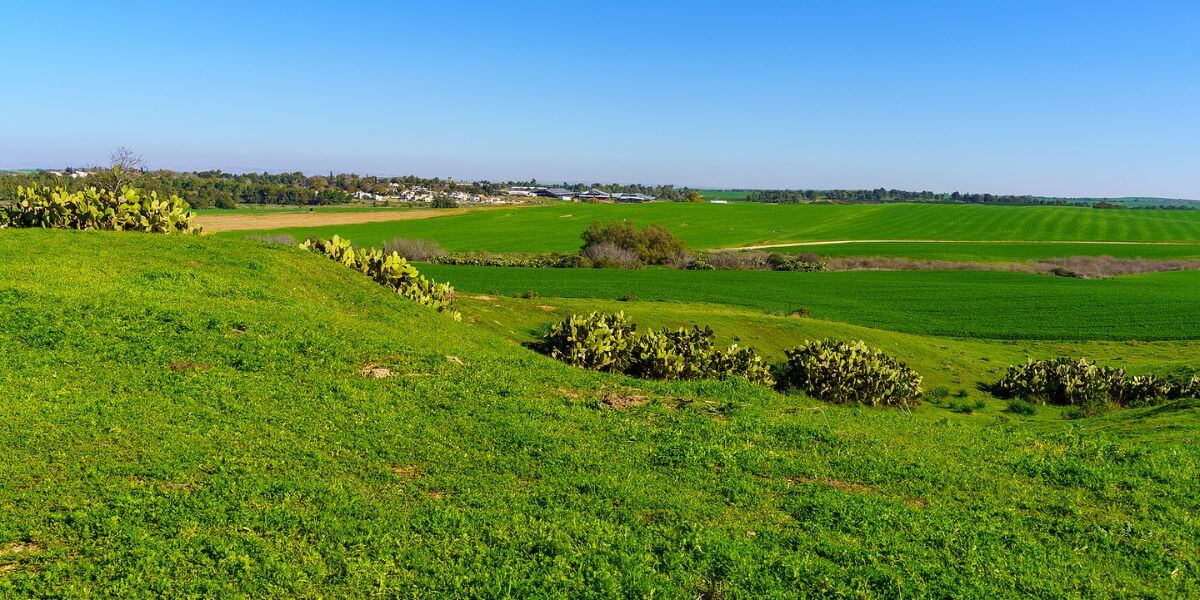
Founded in 1921 in northern Israel, Ein Harod was named after the nearby Well of Harod. After a political dispute among its residents in 1952, it split into Ein Harod (Meuhad) and Ein Harod (Ihud), both situated in the awe-inspiring Jezreel Valley. Today, they belong to the same network and were privatized together.
Ein Harod Ihud is an eco-friendly, luxury hotel, where visitors can enjoy activities such as canoeing, paragliding, birdwatching, and hot-air ballooning. Ein Harod Meuhad offers an enjoyable experience to its visitors, be it a romantic vacation for couples, relaxing in a Jacuzzi while appreciating the views, or visiting Mishkan LeOmanut art museum, the first rural museum in Israel and the first museum run by a kibbutz.
Kibbutz Tzuba
Tzuba is a kibbutz in Israel that was founded in 1948, in the outskirts of Jerusalem by Palmach members, Israeli-born youth, Holocaust survivors, and immigrants from Turkey. Tzuba represents the heritage of the Palmach, and the remains of a biblical town on which Tzuba was built. This is a cooperative community – it has cooperative services, a high-level health system, high social security, an extensive education system, and cultural activities all year round. While its economy diversified, agriculture never disappeared. Agrotourism is extremely popular today and, along with the awarded Tzuba Winery, it draws numerous visitors. It’s a great place to get the classic kibbutz experience of working on a farm, while also experiencing what a modern kibbutz is like. Tzuba also offers an intensive Hebrew language course as a part of the living and work program for new immigrants to Israel, as well as tourists.
Kibbutz Ein Gedi
Ein Gedi is one of the most well-known locations in Israel and is a special and significant place to spend time on a kibbutz. Established in 1948 on the western shore of the Dead Sea in Israel, on the edge of the Judean desert at the site of historic Ein Gedi, kibbutz Ein Gedi used to be completely isolated. After the 1967 Six-Day War, a road was paved from Jerusalem via Jericho and along the shore of the Dead Sea, which allowed Ein Gedi’s development. Today, it operates a 10ha botanical garden that is home to over 900 plant species and 500 residents, which makes it the only populated botanical garden in the world. A huge variety of desert flora, palms, cacti, and tropical trees surround the residents’ houses. In 1994, Ein Gedi joined the register of the Botanic Gardens Conservation International.
More places to visit in the Negev desert
Kibbutz Samar
“Samar” in Hebrew represents the plant Juncus. Founded in 1976 in the far south of Israel, Samar proposes individual development, more independence and responsibility for its members, instead of strictly adhering to collective rules of the original kibbutzim, so some call it ‘an anarchist kibbutz’. Being situated in the Arava Valley (which has the highest sun exposure in Israel), they use an ultra-modern solar power plant, called Solar Flower Tower, to power the entire kibbutz. Art and culture are very important here. Internet, cable TV, parties, concerts, and desert adventures are all included in the visit to this dynamic and friendly place. You can also go biking and hiking through the Eilat Mountains, Mitzpe Ramon, and Timna Park.
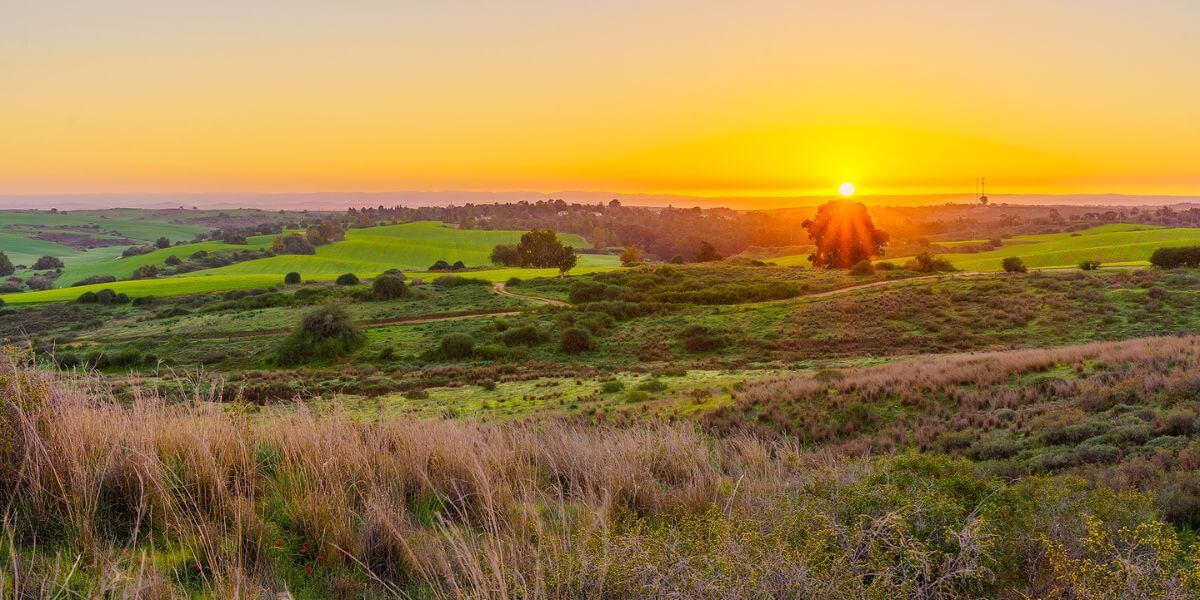
Kibbutz Sde Eliyahu
Sde Eliyahu is a Modern Orthodox Religious kibbutz in the Jordan Valley, in northern Israel. Established in 1939 by Jewish refugees from Nazi Germany as a ‘tower and stockade’ settlement, it no longer looks like a fortified castle. Still, it is a pleasant kibbutz, where the members function according to a collectivist kibbutz model. It’s considered a pioneer in organic agriculture, and it offers bio-tours for visitors to learn about the latest organic farming techniques, but also taste its delicious, healthy products. For those who wish to learn, the Ulpan Sde Eliyahu offers studies of the language, religion, and culture in a religious community and pastoral environment, including additional Torah classes and special sessions for the intensive study of Jewish Law.
So if you do plan on making a trip to Israel soon remember to visit a kibbutz, this will show a different side of Israel. A side that has been in these locations for decades and has a lot to teach you about Israel and what it means to be an Israeli. Find out more about our Israel tours.
